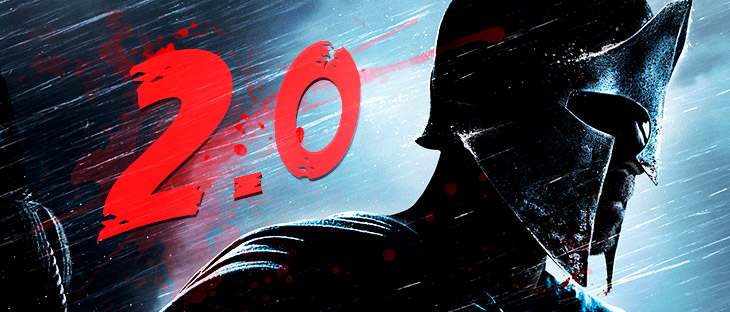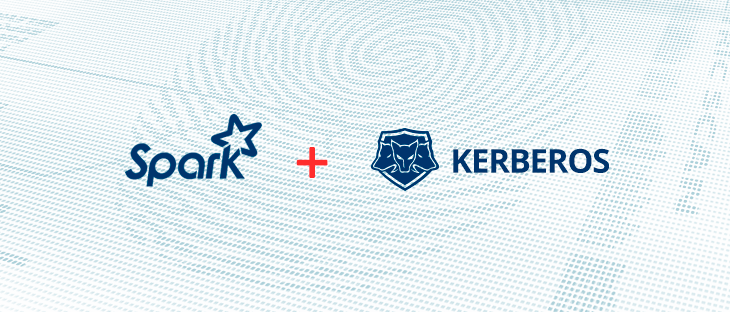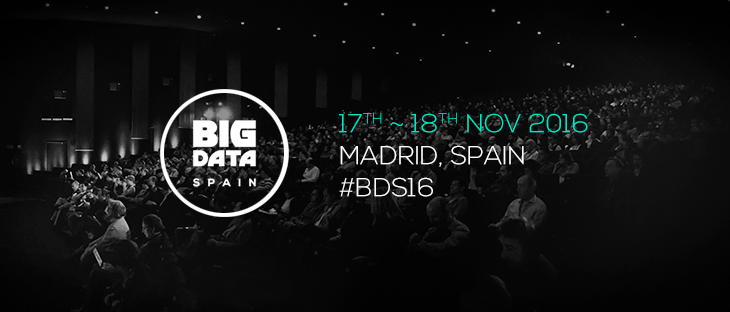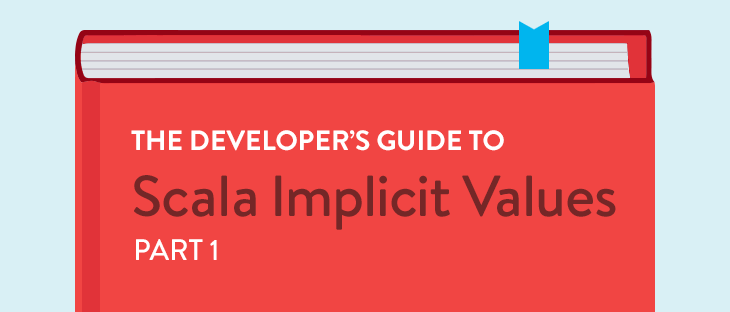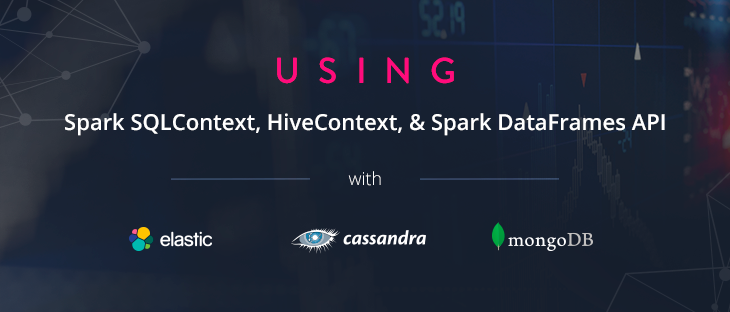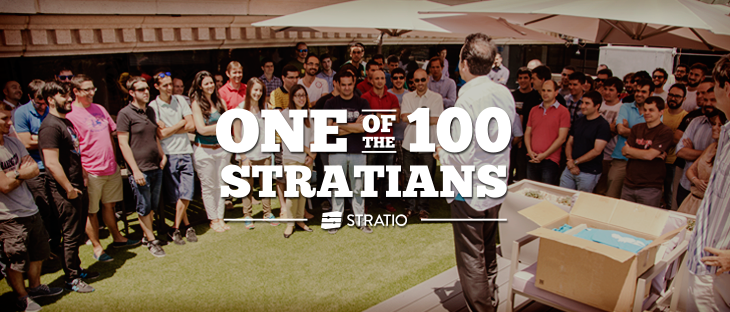Apache Ignite is a distributed in-memory cache, query and processing platform. Discover how to build your own Apache Ignite persistence with Scala.
Spark Streaming is one of the most widely used frameworks for real time processing in the world with Apache Flink, Apache Storm and Kafka Streams. However, when compared to the others, Spark Streaming has more performance problems and its process is through time windows instead of event by event, resulting in delay.
On March the 26th 2012, James Cameron and his submarine craft, Deepsea Challenger, explored the depths of the ocean down to 11km under sea level at 11.329903°N 142.199305°E, an infinitesimal point on the surface of the Earth’s vast Oceans.
Amongst all the Big Data technology madness, security seems to be an afterthought at best. When one talks about Big Data technologies and security, they are usually referring to the integration of these technologies with Kerberos.
On the 17th and 18th of November, I attended the Big Data Spain conference. It was my first time attending this type of events, and it was an excellent opportunity to meet experts in the fields and attend high-quality talks.
Nowadays, there are a lot of Big Data query engines available. Some companies struggle to choose which one to use. Benchmarks exist, but results can be contradictory and thus difficult to trust.
Implicit parameters and conversions are powerful tools in Scala increasingly used to develop concise, versatile tools such as DSLs, APIs, libraries… When used correctly, they reduce the verbosity of Scala programs thus providing easy to read code.
In this post we will show how to use the different SQL contexts for data query on Spark. We will begin with Spark SQL and follow up with HiveContext. In addition to this, we will conduct queries on various NoSQL databases and analyze the advantages / disadvantages of using them.
Proud to share the press release announcing Stratio as Huawei’s technological partner and looking forward to working together.
When we first started using Spark, we were twenty people. Twenty Stratians. We took a risk and adopted Spark very early on, but with a lot of teamwork and a lot of mistakes, we managed to create the first pure Spark platform.


